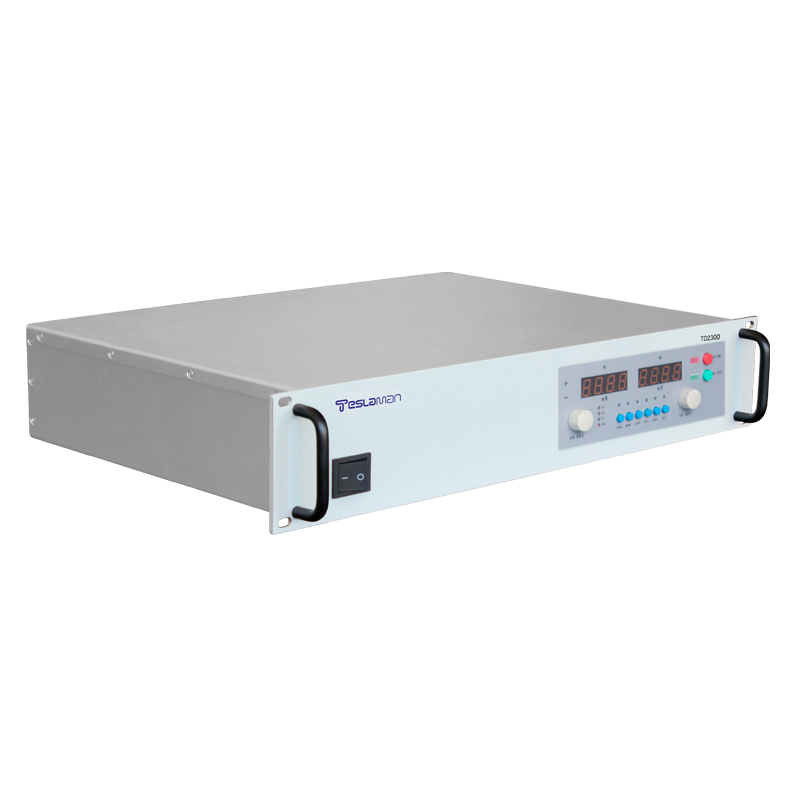The Critical Role and Technical Requirements of High-Voltage Generators in Plasma Excitation
I. Introduction
Plasma technology is an interdisciplinary field that involves multiple disciplines, with broad application prospects in various fields such as material processing, surface modification, gas purification, and medical treatment. In these applications, the high-voltage generator, as the core component for plasma generation, directly affects the efficiency, stability, and controllability of plasma production. This article will delve into the critical role and technical requirements of high-voltage generators in plasma excitation from a professional perspective.
II. The Critical Role of High-Voltage Generators in Plasma Excitation
1. Plasma Generation
High-voltage generators produce high-voltage pulses to ionize gas molecules and form plasma. In this process, parameters such as output voltage, current, and pulse width of the high-voltage generator have a significant impact on plasma generation.
2. Plasma Control
High-voltage generators not only produce plasma but also control its properties by adjusting output parameters. For example, by changing the magnitude of voltage and current, the density and temperature of the plasma can be adjusted; by adjusting the pulse width, the excitation frequency of the plasma can be controlled.
3. Expansion of Plasma Applications
The performance improvement of high-voltage generators helps expand the application fields of plasma technology. For example, in material processing, high-power, high-stability plasma can significantly improve the surface modification effect of materials; in medical treatment, precisely controlled plasma technology is expected to provide new means for cancer treatment, etc.
III. Technical Requirements of High-Voltage Generators
1. High Power Output
To meet the application needs of different fields, high-voltage generators need to have high power output capabilities. This requires the generator to maintain stable output while withstanding the impact of large currents and high voltages.
2. High Stability
High stability is required for high-voltage generators to produce and control plasma. This means that the output parameters of the generator should remain within a certain range of fluctuations to ensure the stability and controllability of the plasma.
3. High Precision Control
With the continuous development of plasma technology, higher precision control requirements are placed on high-voltage generators. The generator should have the ability to precisely adjust output parameters to meet the needs of different application scenarios.
4. Long-Life Design
During long-term operation, high-voltage generators need to withstand the impact of high voltage and large current, so their life design is crucial. Adopting high-quality materials and advanced design concepts can effectively extend the service life of high-voltage generators.
5. Safety Protection Measures
High-voltage generators pose certain safety hazards during operation, so comprehensive safety protection measures need to be taken. For example, set up safety circuits such as overcurrent protection and overvoltage protection to ensure the safety of equipment and operators.
IV. Conclusion
In summary, high-voltage generators play a critical role in plasma excitation, and their performance directly affects the efficiency, stability, and controllability of plasma production. To meet the application needs of different fields, high-voltage generators need to have key technical requirements such as high power output, high stability, high precision control, long-life design, and comprehensive safety protection measures in future development. With the continuous advancement of science and technology, it is believed that high-voltage generator technology will make greater breakthroughs in the future, providing strong support for the widespread application of plasma technology.




















